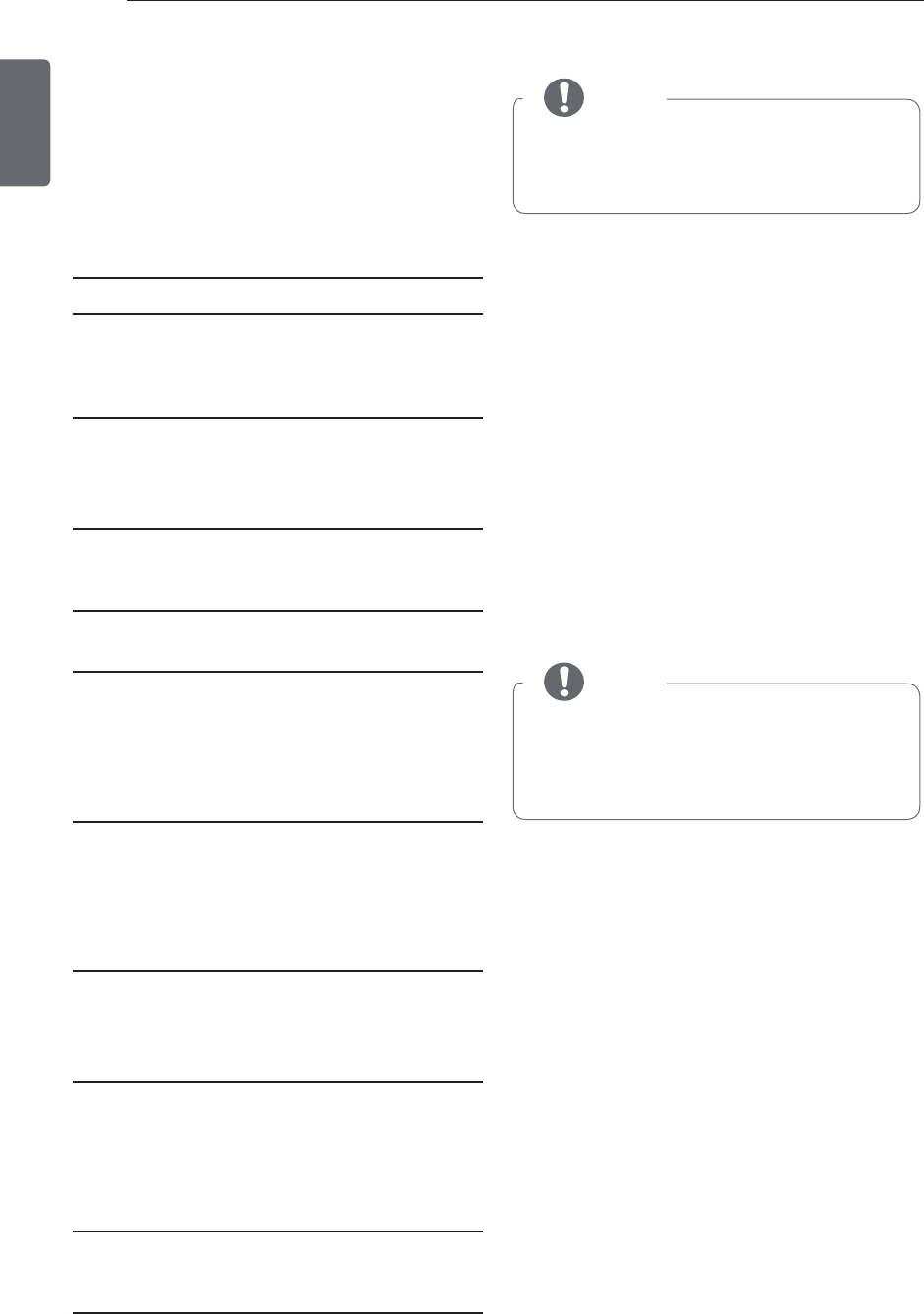
31 HOW TO USE
Food Storage Tips
* The following tips may not be applicable
depending on the model.
Wrap or store food in the refrigerator in airtight
and moisture-proof material unless otherwise
noted. This prevents food odor and taste
transfer throughout the refrigerator. For dated
products, check date code to ensure freshness.
Food How To
Butter or
Margarine
Keep opened butter in a covered
dish or closed compartment.
When storing an extra supply, wrap
in freezer packaging and freeze.
Cheese
Store in the original wrapping
until you are ready to use it.
Once opened, rewrap tightly in
plastic wrap or aluminum foil.
Milk
Wipe milk cartons. For coldest
milk, place containers on an
interior shelf.
Eggs
Store in original carton on
interior shelf, not on door shelf.
Fruit
Do not wash or hull the fruit
until it is ready to be used. Sort
and keep fruit in its original
container, in a crisper, or store in
a completely closed paper bag
on a refrigerator shelf.
Leafy
Vegetables
Remove store wrapping and
trim or tear o bruised and
discolored areas. Wash in cold
water and drain. Place in plastic
bag or plastic container and
store in crisper.
Vegetables
with skins
(carrots,
peppers)
Place in plastic bags or plastic
container and store in crisper.
Fish
Store fresh sh and shellsh in the
freezer section if they are not being
consumed the same day of purchase.
It is recommended to consume
fresh sh and shellsh the same
day purchased.
Leftovers
Cover leftovers with plastic wrap
or aluminum foil, or store in plastic
containers with tight lids.
Storing Frozen Food
Freezing
Your freezer will not quick-freeze a large
quantity of food. Do not put more unfrozen food
into the freezer than will freeze within 24 hours
(no more than 2 to 3 lbs. of food per cubic foot
of freezer space). Leave enough space in the
freezer for air to circulate around packages. Be
careful to leave enough room at the front so the
door can close tightly.
Storage times will vary according to the quality
and type of food, the type of packaging or wrap
used (how airtight and moisture-proof) and
the storage temperature. Ice crystals inside a
sealed package
are normal. This simply means
that moisture in the food and air inside the
package have condensed, creating ice crystals.
NOTE
Check a freezer guide or a reliable cookbook
for further information about preparing food
for freezing or food storage times.
NOTE
Allow hot foods to cool at room temperature
for 30 minutes, then package and freeze.
Cooling hot foods before freezing saves
energy.
ENGLISH


















